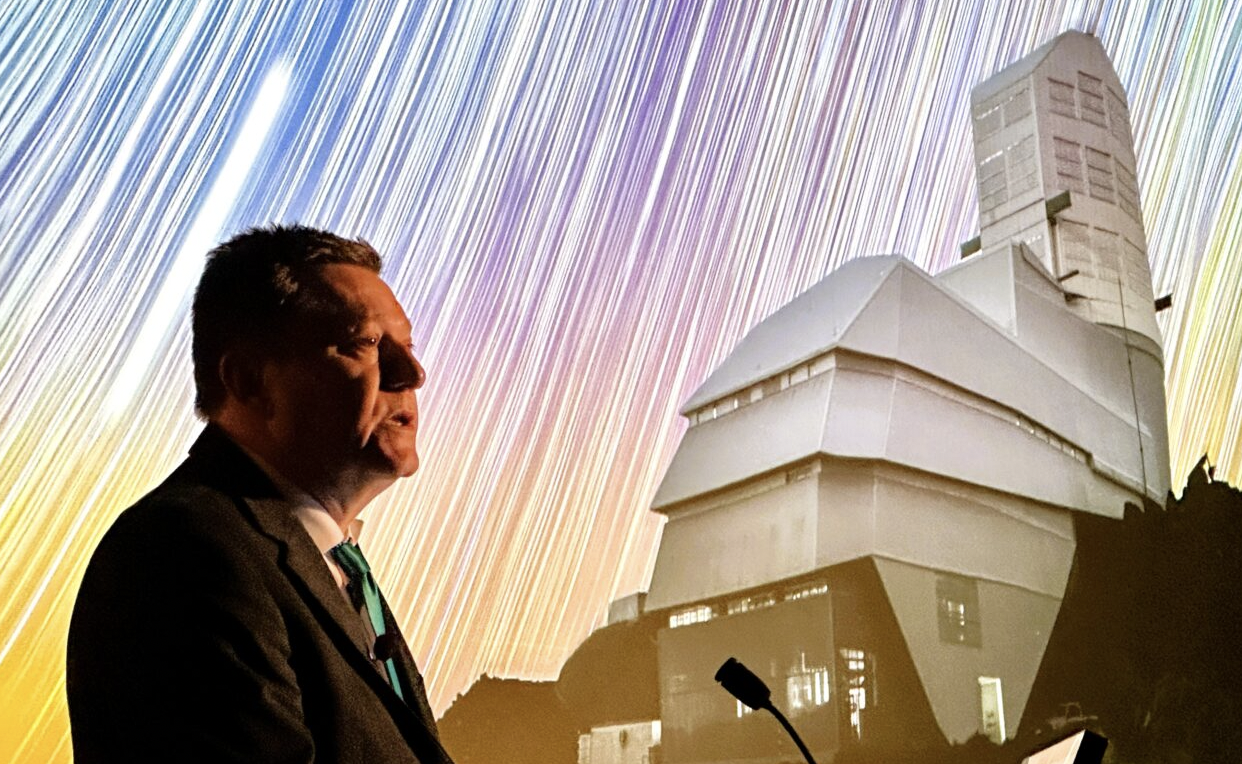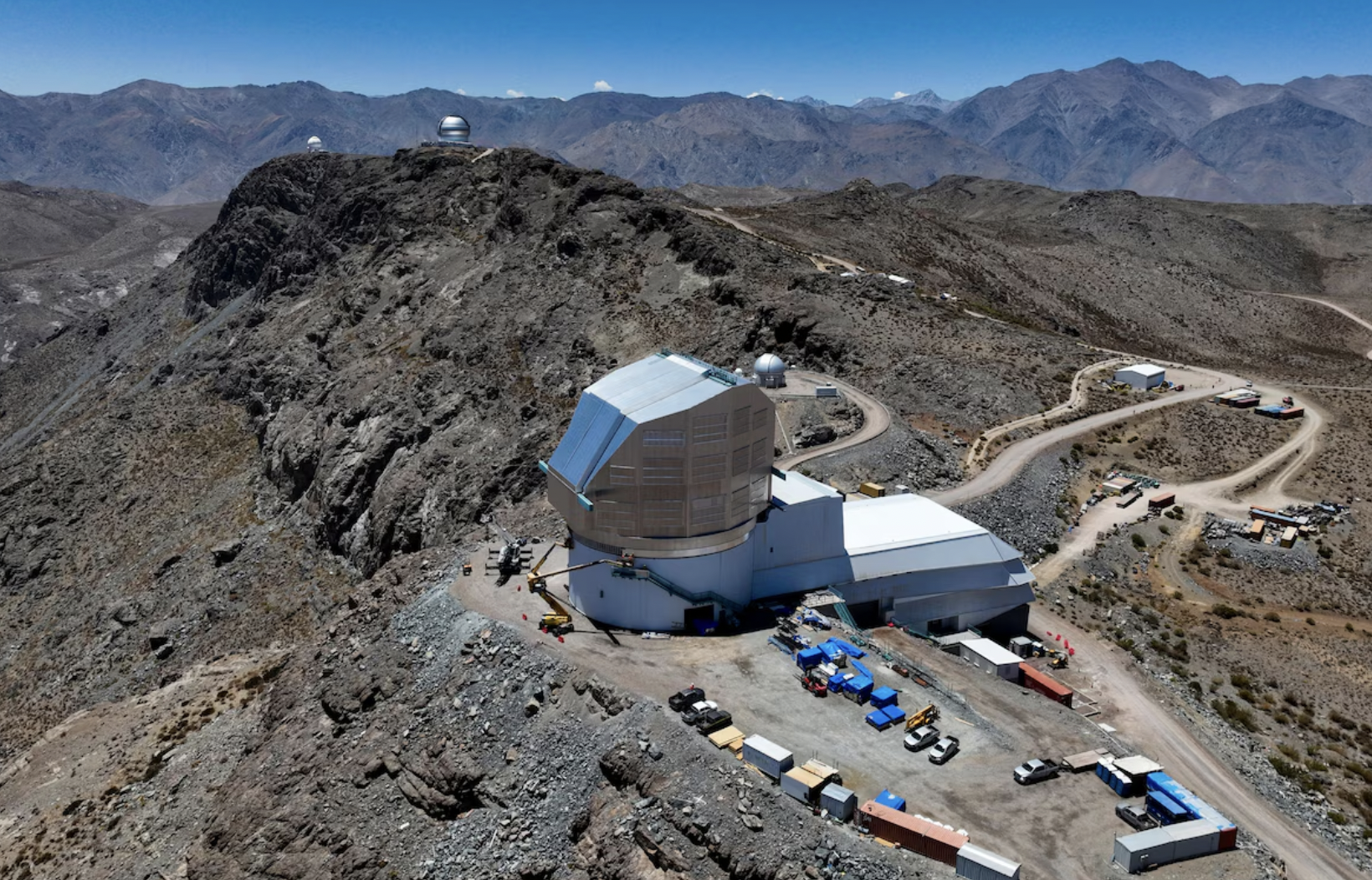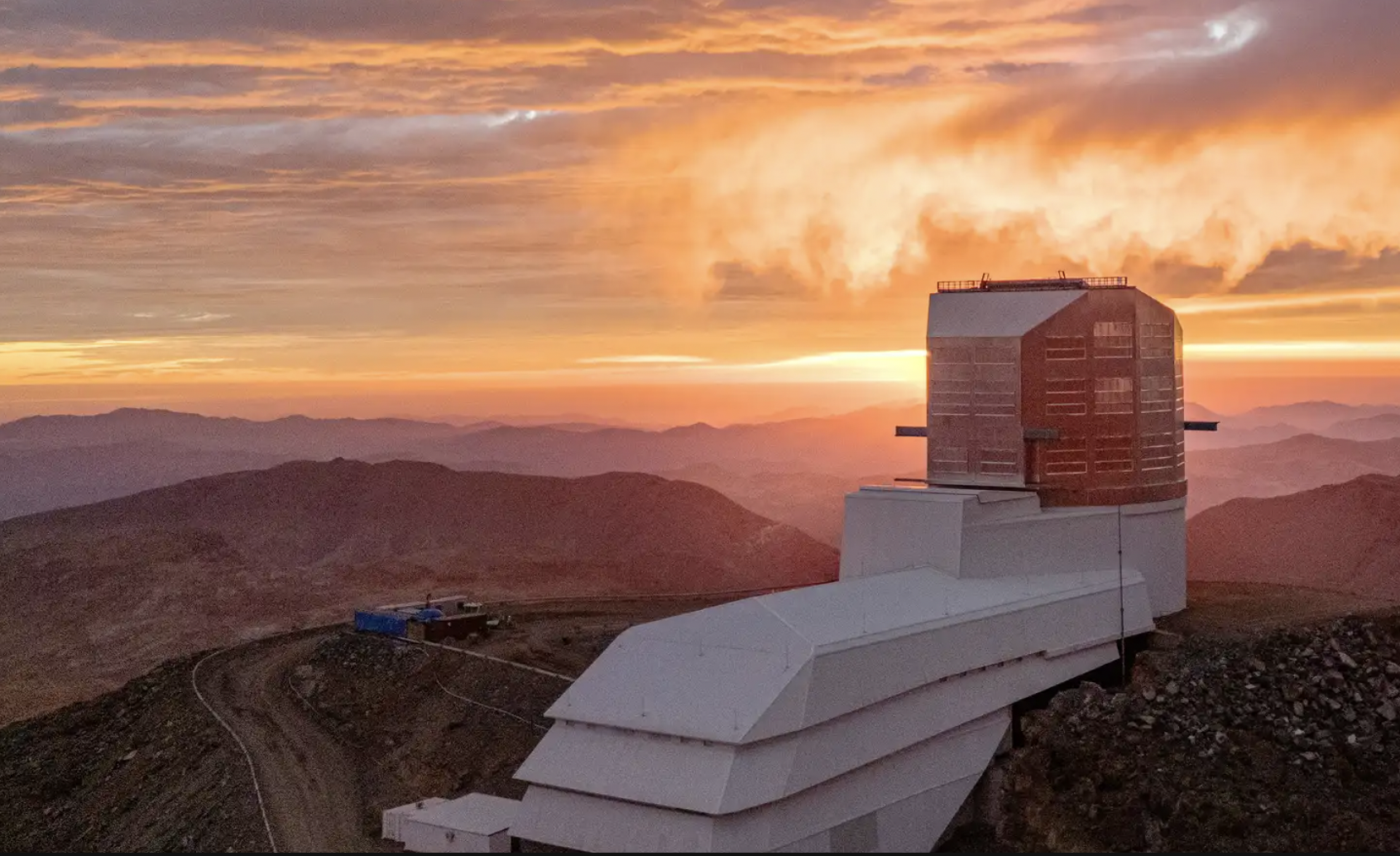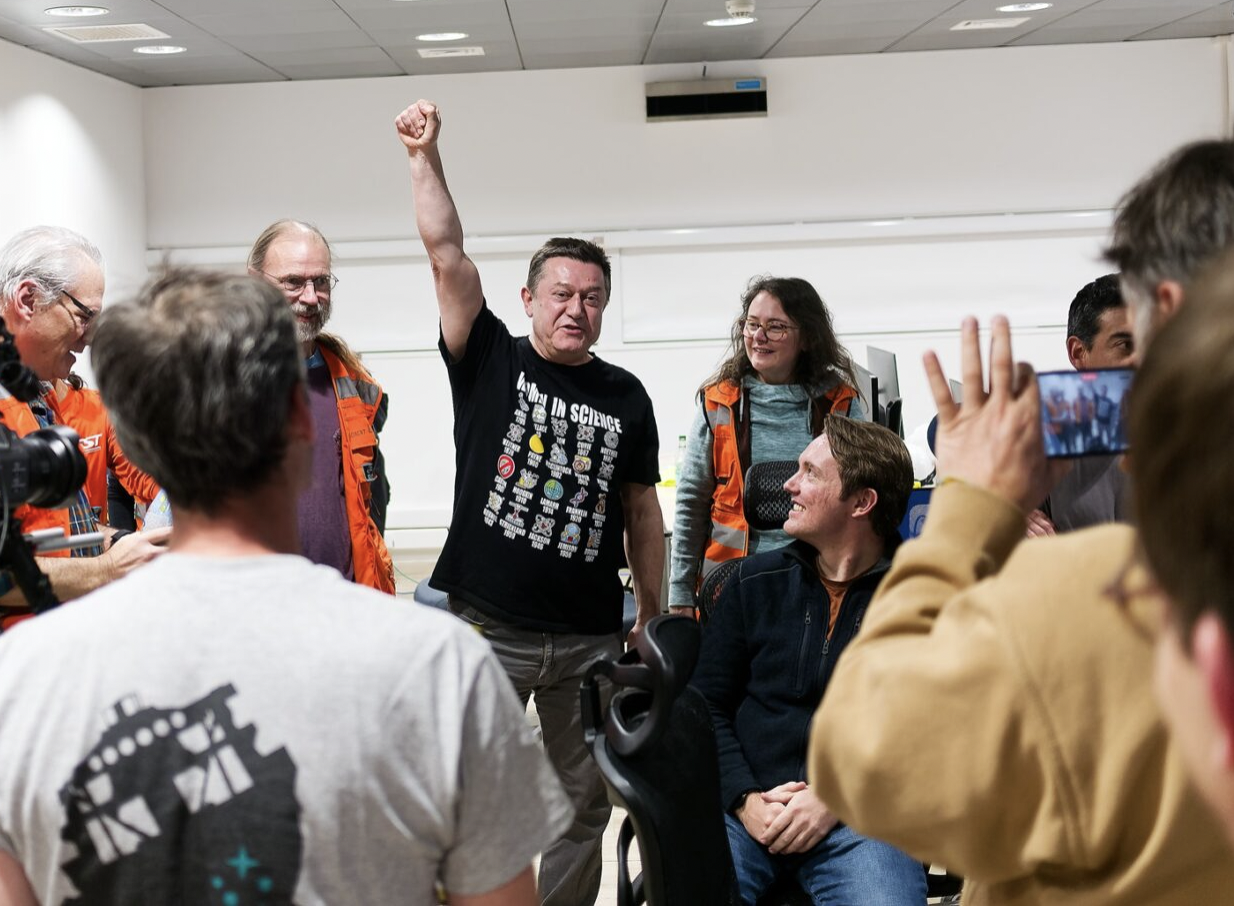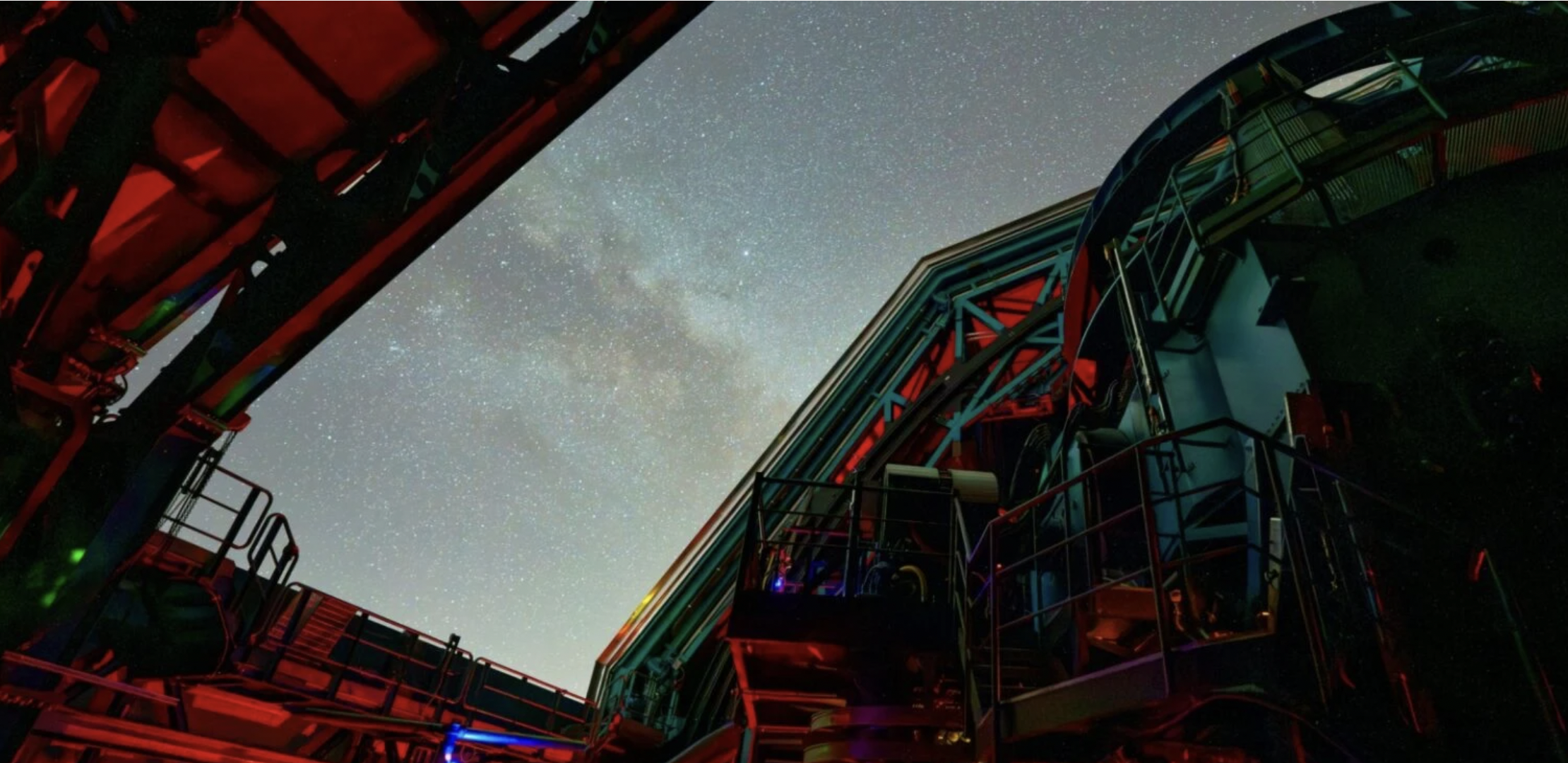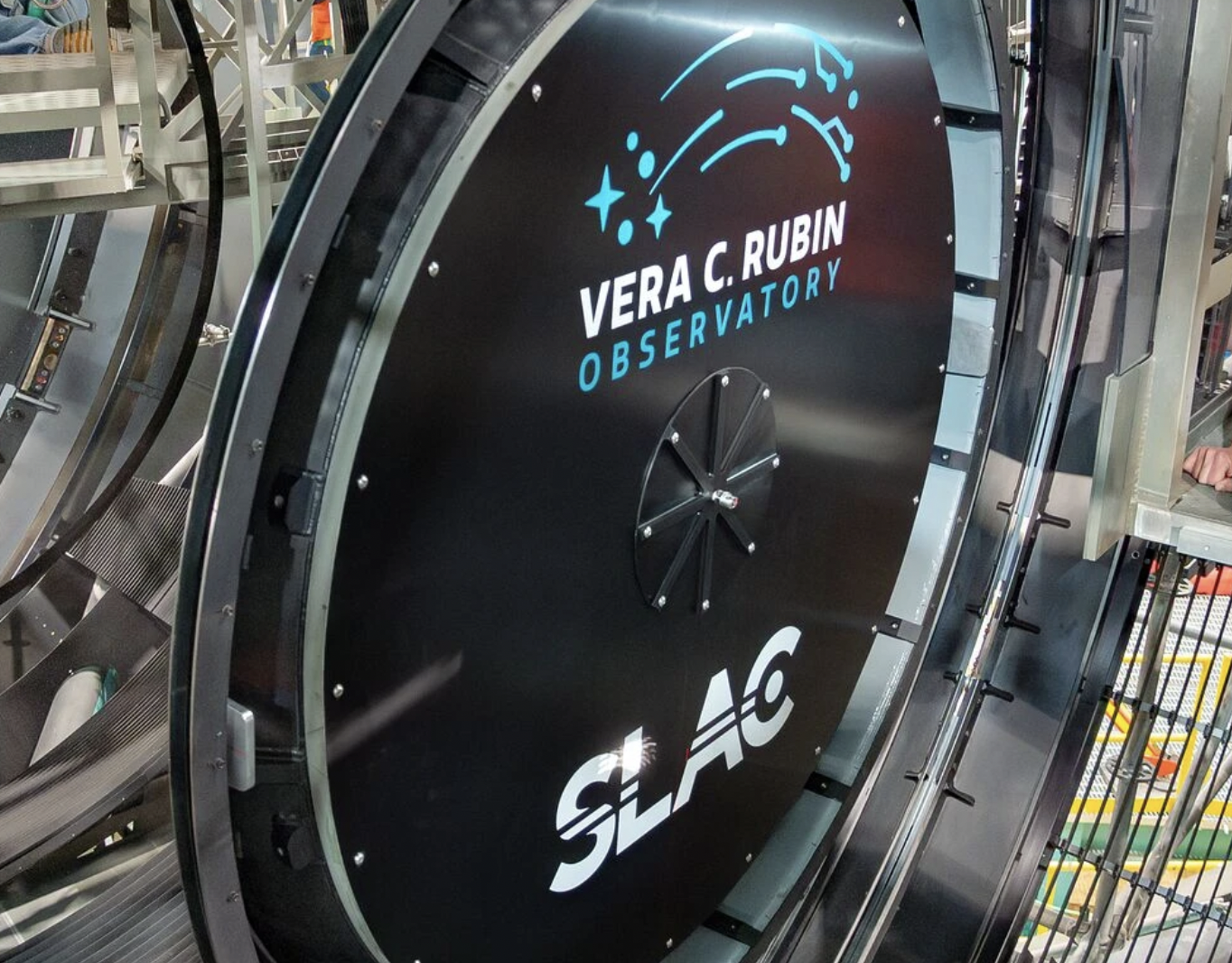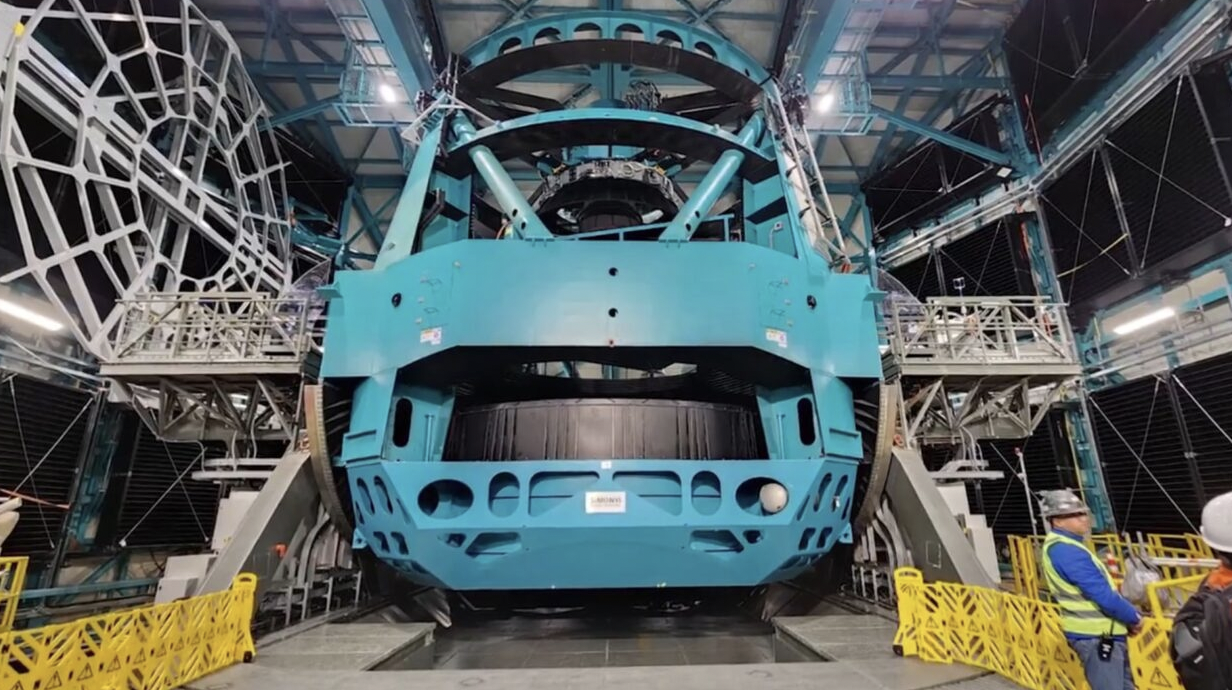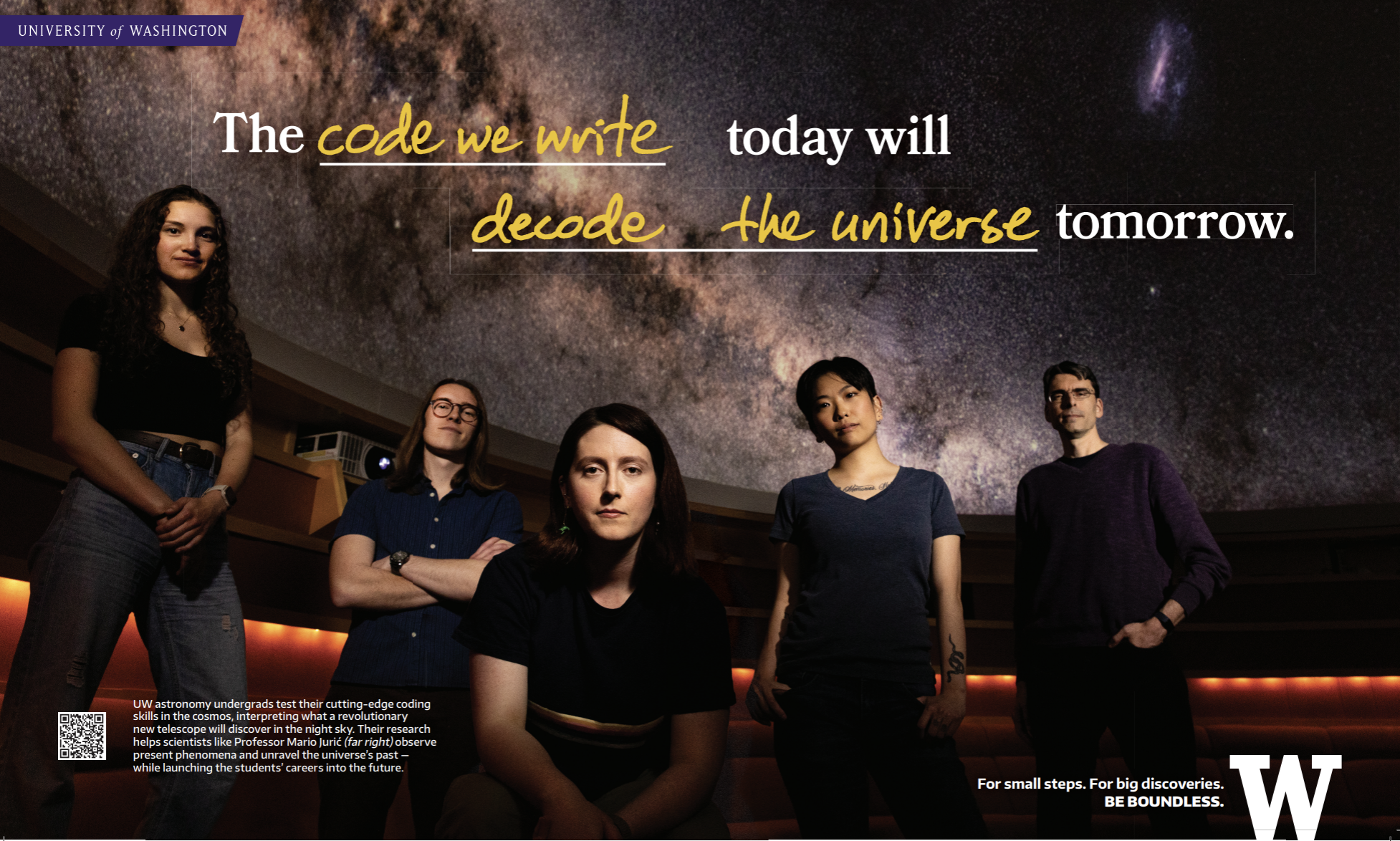It’s been more than two decades since the University of Washington helped kick off the effort to get the Vera C. Rubin Observatory built in Chile — and now that it’s finished, UW astronomers are gearing up to get in on the first decade of discoveries.
The university’s role in the past, present and future of the Rubin Observatory and its 10-year Legacy Survey of Space and Time, or LSST, literally took center stage in front of a packed house at UW’s Kane Hall on Thursday night.
The first batch of test images from the Vera C. Rubin Observatory is scheduled to be released Monday at 11:30 a.m. EST, followed by a news conference at the National Academy of Sciences in Washington.
At the heart of the new Vera C. Rubin Observatory in Chile is the world’s largest digital camera. About the size of a small car, it will create an unparalleled map of the night sky.
The observatory’s first public images of the sky are expected to be released on June 23. Here’s how its camera works.
Photograph by Marcos Zegers
After more than 20 years of planning and construction, the Vera C. Rubin Observatory is ready for its grand opening, and the world is invited.
The observatory in the foothills of the Chilean Andes features a monster of a telescope, with an 8.4-meter-wide (28-foot-wide) mirror, coupled with what’s said to be the world’s largest digital camera.
During the public events on June 23, 2025, you’ll get to watch one of the observatory’s high-resolution time-lapse “movies” of the visible sky. It will be sky watching in high definition: the observatory is designed to show very detailed views of the universe in crisp detail over wide areas, so viewers will get a glimpse of distant galaxies, galaxy clusters and stars.
Get ready to join us on June 23, 2025 as we unveil the first spectacular imagery from NSF–DOE Vera C. Rubin Observatory, and celebrate the start of a new era in astronomy and astrophysics with the world’s newest and most powerful survey telescope.
Using the largest digital camera in the world, Rubin Observatory will soon be ready to capture more data than any other observatory in history
A new paper that includes co-authors from the DiRAC Institute, “PhotoD with LSST: Stellar Photometric Distances Out to the Edge of the Galaxy”, will aid in analysis of the Rubin Observatory’s Legacy Survey of Space and time (LSST) dataset.
Distances to stars are a crucial part of understanding the formation and evolution of the Milky Way galaxy, but only nearby stars’ distances (and absolute brightness) can be determined via parallax. We can, however, use their measured properties, like their color, to measure distances to stars well beyond the parallax limit. The Rubin Observatory’s high resolution, six optical filter system will make exquisite color measurements of tens of billions of stars, categorizing them with sufficient accuracy to estimate their distances, chemical contents and obscuration by interstellar dust, with proper modeling. This new analysis model incorporates data from previous surveys, such as the Sloan Digital Sky Survey (SDSS), DECam and Gaia, and introduces a new Bayesian model and computational pipeline, PhotoD (“Photometric Distance”), designed to analyze large datasets using established models and simulated stellar catalogs. The pipeline, which can process each star in about 10 milliseconds, may be further improved using neural networks. The resulting PhotoD-derived catalogs will be publicly accessible through the Rubin Science Platform.
Contributing authors for the article, appearing in the January issue of The Astronomical Journal, include DiRAC members Željko Ivezić, Neven Caplar, Bob Abel and Mario Jurić.
ADS Link is here.
The Vera C. Rubin Observatory’s 8.4-meter Simonyi Survey Telescope in Chile has now been equipped with all three of its mirrors, plus a camera for good measure.
UW astronomy undergrads use cutting-edge coding skills to help scientists make the most of discoveries from a revolutionary new telescope.
